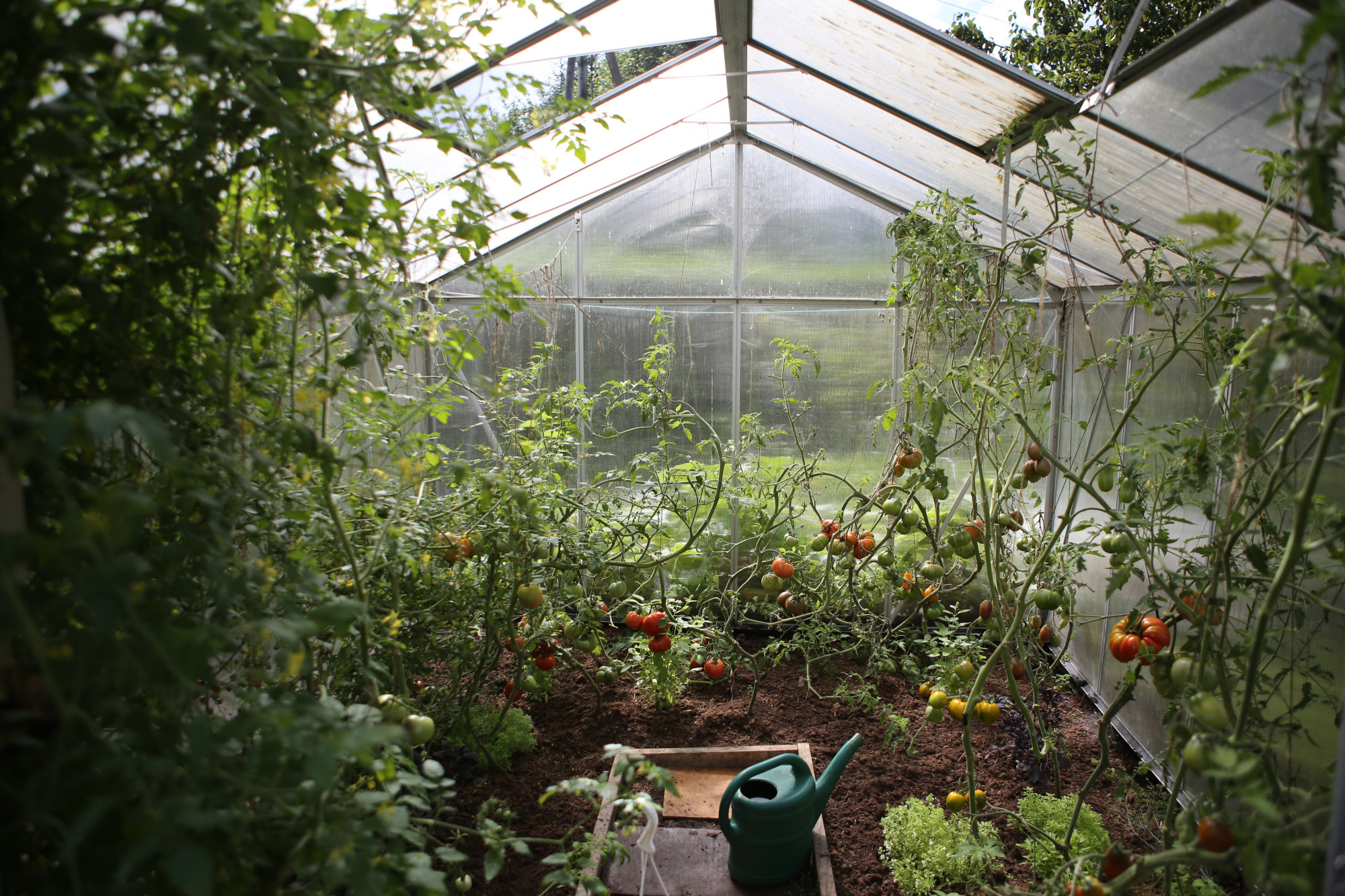Ways To Reduce Moisture Levels In Your Greenhouse
Greenhouses are a great way to grow plants, but they require a certain level of moisture in order to maintain a healthy growing environment. However, it can lead to problems such as mold, fungus, and diseases that can harm your plants. Fortunately, there are several ways to reduce moisture levels in your greenhouse and keep your plants healthy.
Greenhouses are a great way to grow plants, but they require a certain level of moisture in order to maintain a healthy growing environment. However, if the moisture levels in your greenhouse get too high, it can lead to problems such as mold, fungus, and diseases that can harm your plants. Fortunately, there are several ways to reduce moisture levels in your greenhouse and keep your plants healthy.
1. Ventilation
One of the easiest and most effective ways to reduce moisture levels in your greenhouse is through proper ventilation. This can be achieved by opening windows and doors, or by installing exhaust fans. Ventilation helps to circulate the air and release any excess moisture that may be trapped inside the greenhouse. It is important to keep your greenhouse well-ventilated, especially during the hot and humid summer months.

2. Dehumidifiers
Dehumidifiers are another effective way to reduce moisture levels in your greenhouse. They work by removing excess moisture from the air, which can help prevent mold, mildew, and other fungal growth. Dehumidifiers come in various sizes and can be purchased at most home improvement stores. Be sure to choose a dehumidifier that is appropriate for the size of your greenhouse, as well as one that is energy-efficient.
3. Watering Techniques
The way you water your plants can also affect the moisture levels in your greenhouse. Overwatering can lead to excess moisture, while underwatering can cause the air to become too dry. To avoid overwatering, make sure you water your plants only when they need it. You can also use a watering can or hose with a spray nozzle to control the amount of water that is applied to each plant. In addition, avoid watering your plants during the hottest part of the day, as this can lead to rapid evaporation and increase humidity levels.
4. Soil Management
The type of soil you use in your greenhouse can also affect moisture levels. Soil that is high in organic matter or has a high clay content tends to hold more moisture than sandy or rocky soil. If you are experiencing high moisture levels in your greenhouse, consider using a soil mix that contains less organic matter or adding perlite or vermiculite to your soil to improve drainage.
5. Mulching
Mulching is a great way to reduce moisture levels in your greenhouse while also helping to control weeds and retain soil moisture. Mulch can be made from a variety of materials, including straw, leaves, and wood chips. Mulch helps to prevent water evaporation from the soil, which can help keep the air in your greenhouse less humid.
6. Temperature Control
Temperature control is another important factor when it comes to reducing moisture levels in your greenhouse. The ideal temperature for most plants is between 65 and 75 degrees Fahrenheit. Temperatures above this range can cause excess moisture to accumulate in the air, while temperatures below this range can cause the air to become too dry. To maintain a consistent temperature in your greenhouse, consider using a thermostat or heater.
7. Humidity Sensors
Installing a humidity sensor in your greenhouse can also help you monitor and control moisture levels. Humidity sensors measure the amount of moisture in the air and can provide real-time data that can be used to adjust ventilation, watering, and temperature control systems. Humidity sensors are available at most home improvement stores and can be easily installed.
8. Air Circulation
Air circulation is another important factor when it comes to reducing moisture levels in your greenhouse. Good air circulation helps to prevent stagnant air, which can lead to excess moisture and mold growth. To improve air circulation in your greenhouse, consider installing oscillating fans or placing a small fan near your
continue the above
plants to keep the air moving.
9. Cleaning
Keeping your greenhouse clean can also help to reduce moisture levels. Dirty surfaces can harbor mold and fungal spores, which can contribute to excess moisture in the air. Regularly clean the floors, walls, and surfaces in your greenhouse to prevent the buildup of debris and organic matter.
10. Proper Storage
Properly storing tools, pots, and other gardening materials can also help to reduce moisture levels in your greenhouse. Wet or damp materials can contribute to excess moisture in the air, so be sure to dry off any wet tools or pots before storing them. Consider storing gardening materials in a separate area outside of your greenhouse to help reduce humidity levels.
In summary, reducing moisture levels in your greenhouse is essential to maintaining healthy plants and creating a comfortable growing environment. By using a combination of ventilation, dehumidifiers, proper watering techniques, soil management, mulching, temperature control, humidity sensors, air circulation, cleaning, and proper storage, you can effectively reduce excess moisture and create the optimal growing conditions for your plants. Remember to regularly monitor your greenhouse's moisture levels and make adjustments as needed to keep your plants healthy and thriving.